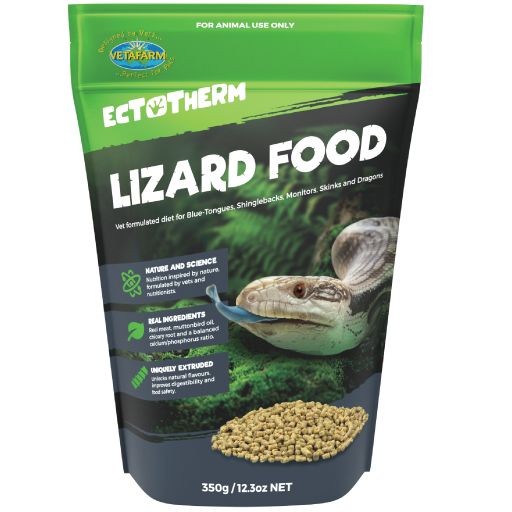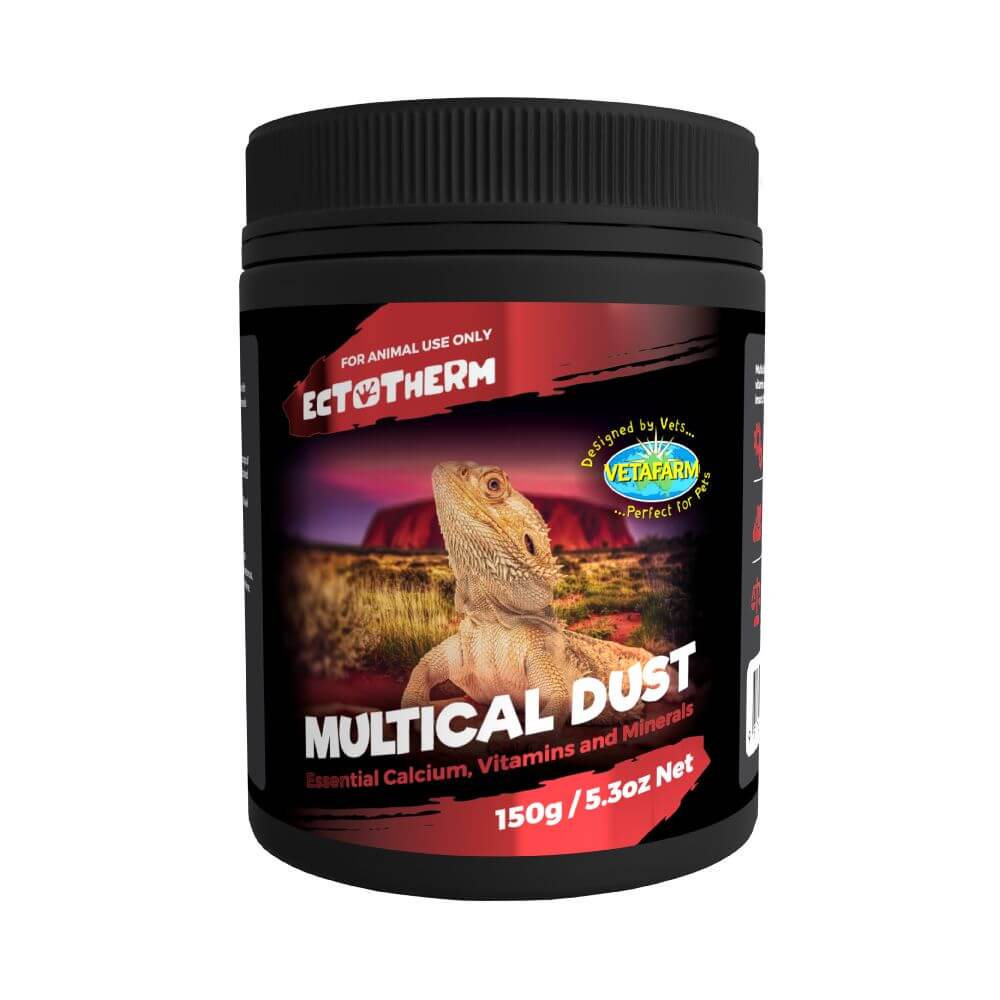Metabolic Bone Disease in Lizards
Metabolic bone disease (MBD) in lizards is a common condition that occurs as a result of a nutritional imbalance in calcium and phosphorus ratios in their bodies. Vitamin D3 deficiency or inadequate exposure to UVB light can also impact calcium absorption.
Symptoms
Recognizing the symptoms is crucial for early intervention – symptoms may include lethargy, weakness, loss of appetite, swollen limbs, deformities, or difficulty moving. Additionally, you may notice reduced growth rates and the development of soft or brittle bones.
Prevention Strategies
Nutrient-Rich Diet
A well-balanced diet tailored to your lizard’s specific nutritional needs is crucial. Ensuring that the diet includes a proper calcium to phosphorus ratio and incorporating fresh greens, vegetables, and fruits that are rich in calcium.
Lizard Food is a high-quality diet that is balanced with the correct vitamins, minerals and other essential nutrients, scientifically balanced by veterinarians and nutritionists, focusing on the calcium to phosphorus ratio (Ca:P).
Multical Dust is a micronized powder that is an all-in-one calcium, vitamin, and mineral supplement that has been designed to be easily added to fresh food and insects and provide optimum nutrition to all reptiles.
UV Light Exposure
Make sure your lizard gets adequate exposure to UVB lighting. UVB rays are essential for synthesizing Vitamin D3, which aids in calcium absorption. High-quality UVB bulbs that are designed for reptiles are an excellent addition to your reptile enclosure. Proper positioning and duration of exposure following manufacturer guidelines are essential to prevent overheating or burning.
Appropriate Environmental Conditions
Creating an environment that mimics your lizard’s natural habitat will help your lizard thrive. Appropriate temperatures and humidity levels will allow them to regulate their body temperature effectively. Remember consistency is vital, so use thermostats, hygrometers, and timers to ensure the conditions remain within the ideal range.
Enrichment
Promoting natural movement and physical activity with branches and hideouts within your lizard’s enclosure will encourage exercise and movement.
Treatment Options
Swift action is essential if your pet lizard develops metabolic bone disease. Be sure to seek advice from your vet immediately to discuss treatment options. Common treatments may include calcium injections, oral supplementation, UV light therapy, and rehabilitative care focused on improving bone health and overall well-being.
Watch our video on Metabolic Bone Disease in Lizards.


